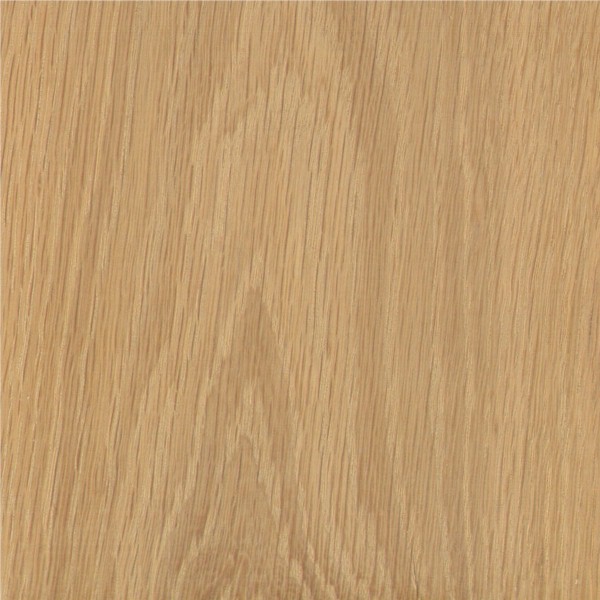Danish White Oak
Color/Appearance: Heartwood is a light to medium brown, commonly with an olive cast, though there can be a fair amount of variation in color. Nearly white to light brown sapwood is not always sharply demarcated from the heartwood. Quartersawn sections display prominent ray fleck patterns.
Grain/Texture: Grain is straight, with a coarse, uneven texture. May have irregular or interlocked grain depending on growing conditions of the tree.
Endgrain: Ring-porous; 2-4 rows of large, exclusively solitary earlywood pores, numerous small to very small latewood pores in radial arrangement; tyloses abundant; growth rings distinct; rays large and visible without lens; apotracheal parenchyma diffuse-in-aggregates (short lines between rays).
Rot Resistance: English Oak has been rated as having very good resistance to decay, and is commonly used in boatbuilding applications.
Workability: Produces good results with hand and machine tools. Can react with iron (particularly when wet) and cause staining and discoloration. Responds well to steam-bending. Glues, stains, and finishes well.
Odor: Has a tell-tale smell that is common to most oaks. Most find it appealing.
Sustainability: This wood species is not listed in the CITES Appendices, and is reported by the IUCN as being a species of least concern.
Common Uses: Cabinetry, furniture, interior trim, flooring, boatbuilding, barrels, and veneer.
Comments: English Oak falls into the white oak group, and shares many of the same traits as White Oak (Quercus alba).
One of the most famous English Oak trees, The Major Oak, is a massive tree located in Sherwood Forest, in Nottinghamshire, England. The tree is estimated to be approximately 1,000 years old, and is purported to have been a common hideout for Robin Hood and his outlaws.



